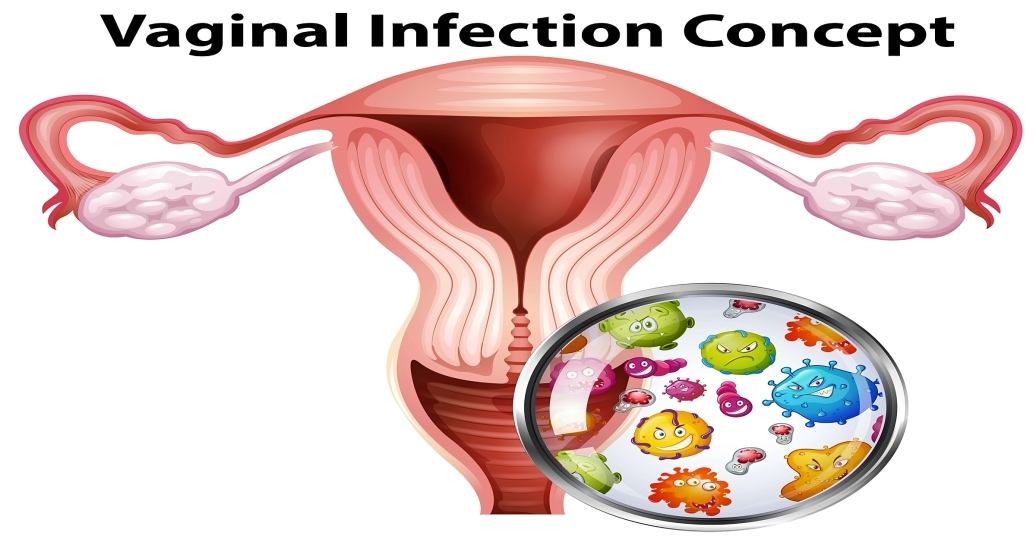Navigating the Terrain: Understanding and Addressing Vaginal Infections
Vaginal infections are common health concerns that affect women of all ages. These infections can lead to discomfort and itching, and, if left untreated, may have more severe consequences. This article aims to provide a comprehensive overview of vaginal infections, including their types, symptoms, causes, and available treatment options.
To Know More About It Please Click Here
Types of Vaginal Infections
- Yeast Infections: One of the most prevalent vaginal infections is caused by the overgrowth of the Candida fungus. Candida naturally resides in the vagina, but factors such as hormonal changes, antibiotics, or a weakened immune system can disturb the balance, leading to an overgrowth. Symptoms include itching, burning, and a white, cottage cheese-like discharge.
- Bacterial Vaginosis (BV): Bacterial vaginosis occurs when there is an imbalance in the bacteria that normally inhabit the vagina. It is characterized by a thin, grayish-white discharge with a distinct fishy odor. BV may be triggered by multiple sexual partners, douching, or using certain types of soaps.
- Trichomoniasis: Trichomoniasis is a sexually transmitted infection caused by a protozoan parasite. Symptoms may include itching, burning, and a yellow-green, frothy discharge. While men can carry the parasite, it predominantly affects women.
- Chlamydia and Gonorrhea: Chlamydia and gonorrhea are sexually transmitted infections that can affect the reproductive organs, including the vagina. Symptoms may include abnormal discharge, pain during urination, and pelvic pain. These infections require prompt medical attention.
Causes and Risk Factors
- Hygiene Practices: Excessive douching or using harsh soaps and feminine hygiene products can disrupt the natural balance of the vaginal environment, making it more susceptible to infections.
- Hormonal Changes: Fluctuations in hormonal levels, such as those occurring during pregnancy, menstruation, or menopause, can create an environment conducive to the development of infections.
- Sexual Activity: Unprotected sex or having multiple sexual partners increases the risk of contracting sexually transmitted infections, leading to vaginal infections.
Treatment Options
- Antifungal Medications: For yeast infections, antifungal medications, available in various forms like creams, suppositories, or oral tablets, are commonly prescribed.
- Antibiotics: Bacterial infections like BV and certain sexually transmitted infections are treated with antibiotics. It is crucial to complete the full course of medication as prescribed.
- Preventive Measures: Adopting healthy hygiene practices, using mild soaps, wearing breathable cotton underwear, and practicing safe sex are essential preventive measures. Regular gynecological check-ups can also help detect and address infections early.
To Know More About It Please Click Here
Conclusion
Vaginal infections are a prevalent and treatable concern affecting women worldwide. Understanding the types, symptoms, and causes is key to prompt diagnosis and effective management. While some infections can be self-treated with over-the-counter medications, others require medical intervention. Maintaining good hygiene, practicing safe sex, and seeking timely medical attention contribute to a healthier vaginal environment and overall well-being. Women need to prioritize their reproductive health and consult healthcare professionals for personalized guidance.







